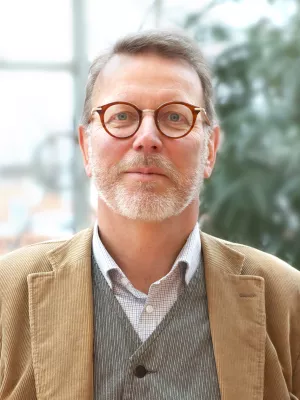
Jan-Henrik Nilsson
Senior lecturer, associate professor

Alternative tourism mobilities and urban spatial change
Alternativ turism och urban rumslig förändring
Author
Summary, in English
alternative tourism such as food spaces and accommodation; also influencing urban images and place marketing processes. The development of alternative tourism clearly follows a set of global trends, connected among other things to hipster culture. There are however also important path dependencies transforming the trends to local circumstances, i.e. making them “glocal".
Department/s
- Department of Service Studies
Publishing year
2018-09-27
Language
English
Document type
Conference paper: abstract
Topic
- Social Sciences Interdisciplinary
Keywords
- Tourism
- Gentrification
- Guided tours
Conference name
Atlas Annual Conference, Copenhagen 2018
Conference date
2018-09-27 - 2018-09-29
Conference place
Copenhagen, Denmark
Status
Published

